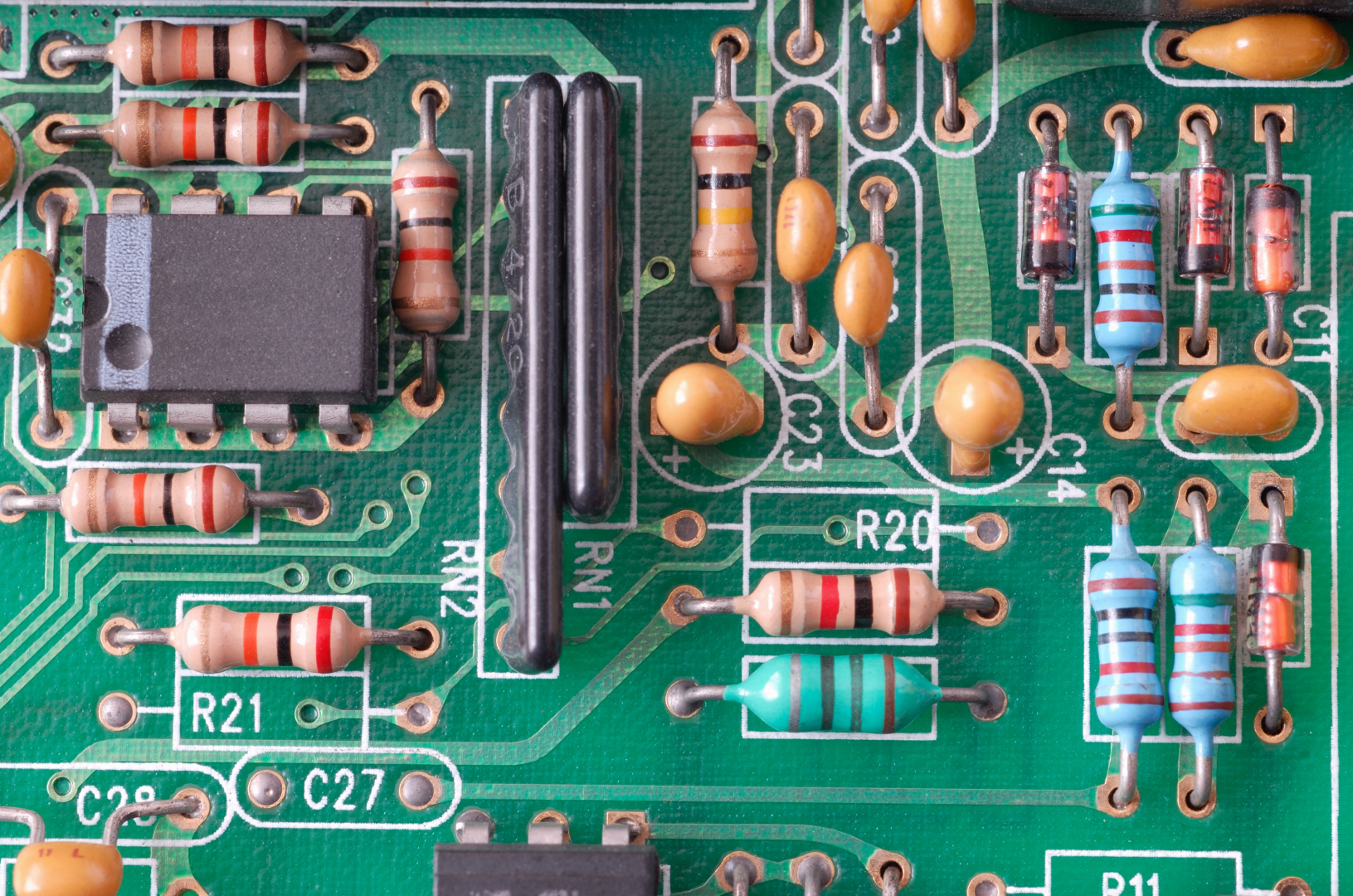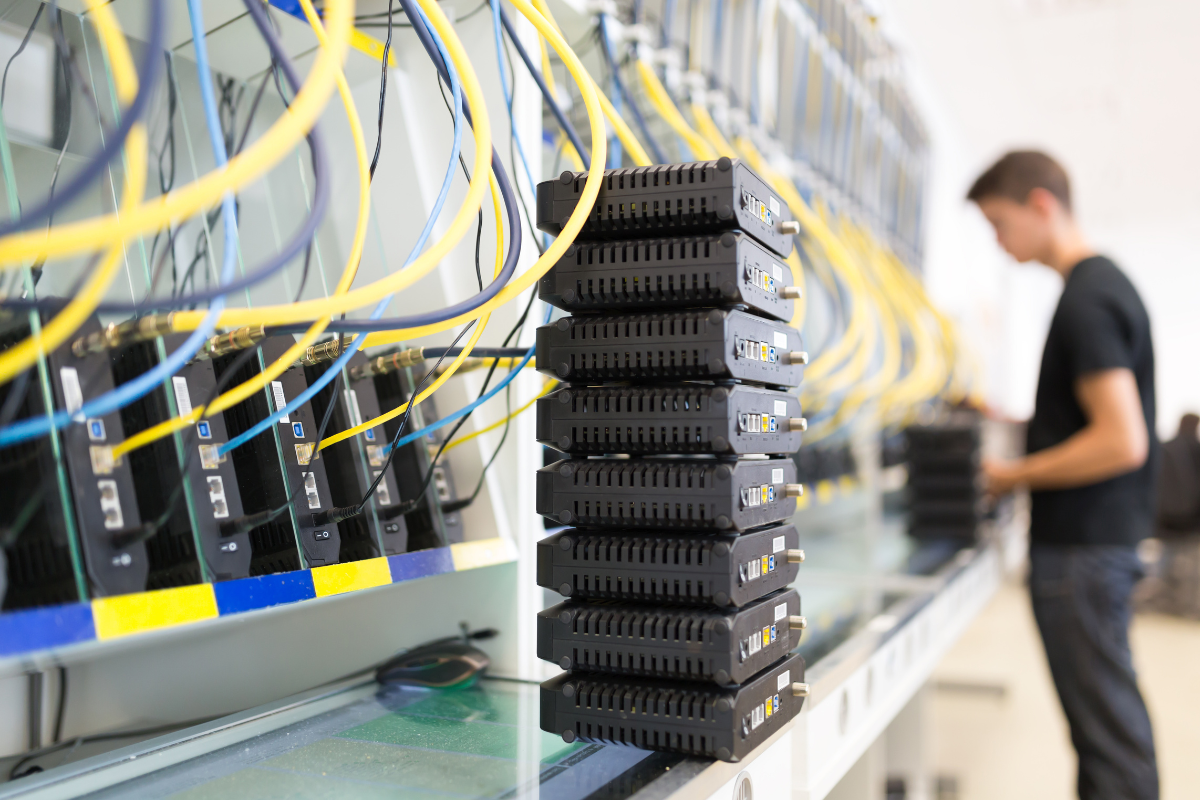
By: Dirk Stans
A printed circuit board is a work of art
A PCB design is your intellectual property
In the world of electronics, a Printed Circuit Board (PCB) is more than just a functional piece of hardware — it’s
a work of art and a crucial piece of intellectual property. The intricate designs, the carefully laid-out
components, and the meticulous attention to detail required to create a high-functioning PCB embody the
creativity and expertise of its makers. Like a masterful painting or elegant piece of architecture, a
well-designed PCB is a testament to the ingenuity and precision of the engineering process. Moreover, it is the
intellectual property of its creators, which is as important to protect as any other work, such as software or
patents.
The artistic nature of PCB design
At first glance, a PCB may seem like just a collection of copper traces, vias, and solder pads, but each of these
elements has been carefully crafted to be part of a larger function. The layout of a PCB is like the blueprint of
an electronic system. Each trace acts as a pathway for electrical signals, connecting different components,
and each component placement is critical for the board’s performance, reliability, and efficiency.
Designing a PCB involves complex decision-making, often balancing competing factors such as electrical
performance, thermal management, manufacturability, availability, and cost. Engineers must carefully route
signals to avoid interference, ensure that power and ground planes are properly managed, and place
components in a way that optimises performance while minimising the overall footprint of the board. This
process requires creativity and problem-solving skills akin, or greater, to those of an artist shaping their
medium.
The visual aspect of a PCB can also evoke a sense of artistry. Some designers intentionally create visually
appealing layouts, using the arrangement of components and traces to form patterns or even artistic designs.
While aesthetics may not be the primary goal, the end result of a well-designed PCB is often a visually striking
product that combines form and function in a harmonious way. Furthermore, it’s common to associate visually
pleasing products with higher value as we intuitively recognise the effort it requires.
PCB as hardware intellectual property
Beyond its artistic qualities, a PCB is a valuable piece of intellectual property. The design of a PCB is often the
result of extensive research, testing, and refinement, representing the unique expertise of those who created it.
Just as a software developer protects their code or a company guards its patents, PCB designs need to be
protected to prevent unauthorised copying or use.
In the competitive world of electronics manufacturing, the ability to innovate and quickly bring new products to
market is essential. A PCB design that enables faster processing, better power management, or more efficient
manufacturing can provide a significant competitive advantage. This is why it is crucial to treat the design of a
PCB as intellectual property and take steps to safeguard it.
Protecting your PCB as intellectual property can involve a variety of strategies. One common approach is to
patent the design, ensuring that others cannot legally copy or use it without permission. But rather than relying
only on legal instruments, such as non-disclosure agreements (NDAs) or licensing agreements which in some
cases are worth less than the paper they are written on, selecting trustworthy manufacturing partners is key
here. Additionally, securing design files with encryption and maintaining tight control over who has access to
them are essential steps in protecting your work.
The risk of copying and cloning in PCB manufacturing
One of the biggest risks in PCB manufacturing is the possibility of your design being copied or cloned.
Unauthorised copying of PCBs, sometimes referred to as ‘cloning’, can lead to significant losses for the
original designer. Not only does it result in financial losses from lost sales, but it also undermines the original
creator’s ability to innovate and maintain a competitive edge in the market.
Counterfeit electronics and cloned PCBs are a growing concern, especially in industries where quality and
reliability are paramount, such as aerospace, medical devices, and automotive electronics. A cloned PCB may
look identical to the original, but it often lacks the same quality controls and may introduce hidden flaws that
can compromise the performance and safety of the product. And who ends up being responsible for faults and
repairs of these ‘fake’ boards? The original manufacturer!
Conclusion
A Printed Circuit Board is not just a functional component of an electronic device — it’s a unique creation that
embodies the intellectual property of its designer. From the initial concept to the final layout, every decision
made during the design process contributes to the board’s performance, reliability, and overall functionality.
This intricate process is both an art and a science, reflecting the skill and creativity of the engineers involved.
At the same time, it is critical to recognize the value of PCB designs as intellectual property and to take
proactive steps to protect them from copying, cloning, or unauthorised use. As the electronics industry
continues to evolve, the need to safeguard this valuable intellectual property will only grow in importance.
Need any help on this important subject? We are just a call, chat or email away.
Dirk Stans is managing Partner at Eurocircuits since 1991, Dirk leads the group’s sales and marketing efforts. With over 20 years of
involvement with FHI, the technology federation active in Dutch-speaking territories, Dirk is the federation
chairman. His commitment to the European technological manufacturing industry and electronics
manufacturing in particular, runs deep.

